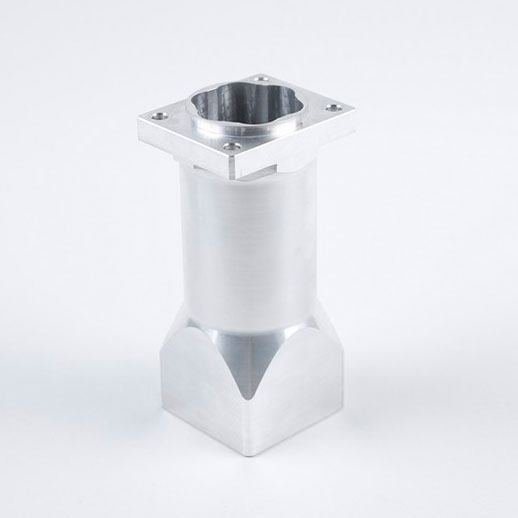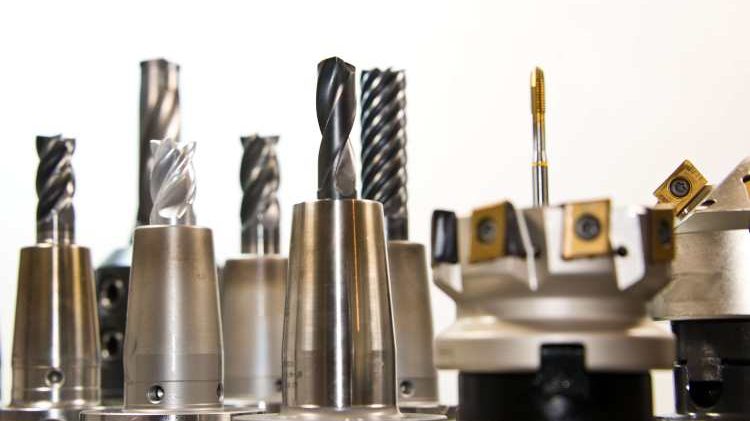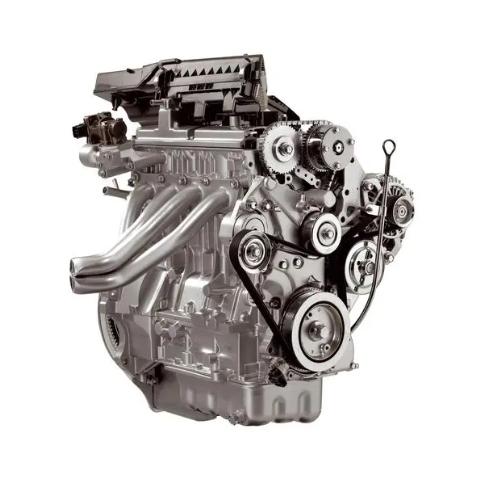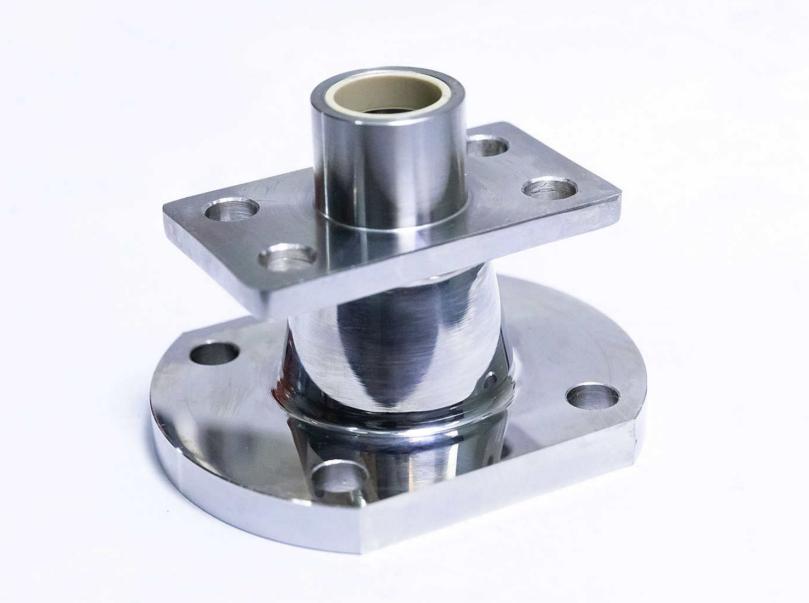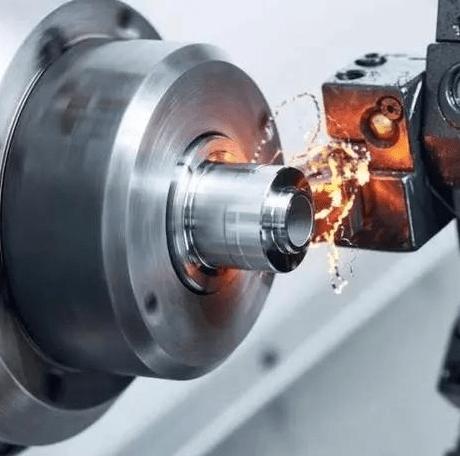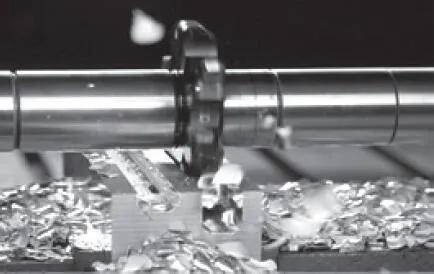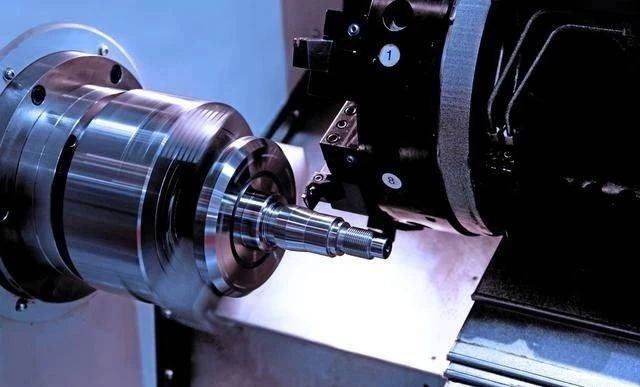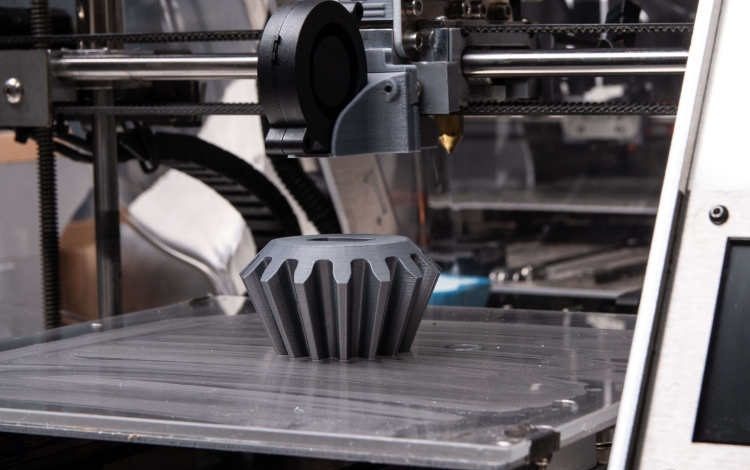CNC turning, or Computer Numerical Controlled turning, is a subtractive manufacturing process in which computer-controlled tools rotate and remove material from a cylindrical workpiece to produce desired shapes and features. Unlike manual lathes, CNC machines use programmed instructions to guide the cutting tool with high precision and repeatability. CNC machines automate the majority of the machining process, increasing production speed and lowering labor costs when compared to manual turning. This results in higher production volumes and lower per-unit costs, particularly for large-scale production. The impact of CNC on the cost of various types of manufactured goods is intricate and multifaceted. Here’s the breakdown:
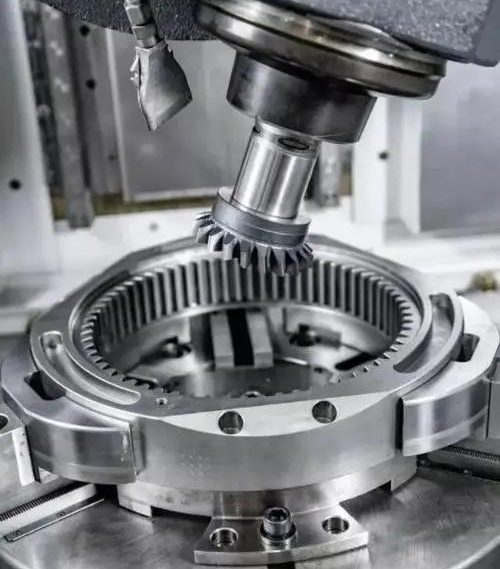
Impacts of CNC Turning on the Cost of Parts
Positive Impacts
- Reduced Production Costs: Precision can reduce costs for high-volume, complex parts by increasing efficiency, speeding up production, and reducing scrap. CNC machines are much faster than manual lathes, with automatic tool changes and precise movements. This significantly increases production volume, which reduces per-unit costs. CNC machines use computer control to achieve tight tolerances and consistent part dimensions, which reduces scrap and rework. This eliminates waste material and reduces the need for additional machining steps, ultimately lowering costs.
- Economies of Scale: CNC machines, unlike manual lathes, reduce the time required to set up each part through programmed toolpaths and automated processes. This significantly lowers setup costs per unit, particularly in high-volume production. CNC machines run at higher speeds and have faster tool changes, resulting in shorter production times per part. When scaled up, this directly translates into lower unit production costs. CNC turning is highly precise and repeatable, reducing human error and ensuring consistent part quality. This significantly reduces scrap rates, lowering material costs and rework expenses. Reduced setup time, faster production, lower scrap rates, and more efficient material use all contribute to lower per-unit costs when compared to manual methods.
- Improved Material Utilization: CNC machines use computer-controlled toolpaths to produce precise shapes from raw materials, reducing waste. This reduces scrap when compared to manual methods, which can result in material loss due to human error or inaccurate tooling. Sophisticated CAM software enables efficient nesting of parts within raw material, maximizing material use while minimizing offcuts. The high precision of CNC turning reduces the need for rework caused by errors or inconsistencies in dimensions and finishes. This reduces the material and labor costs associated with machining parts.
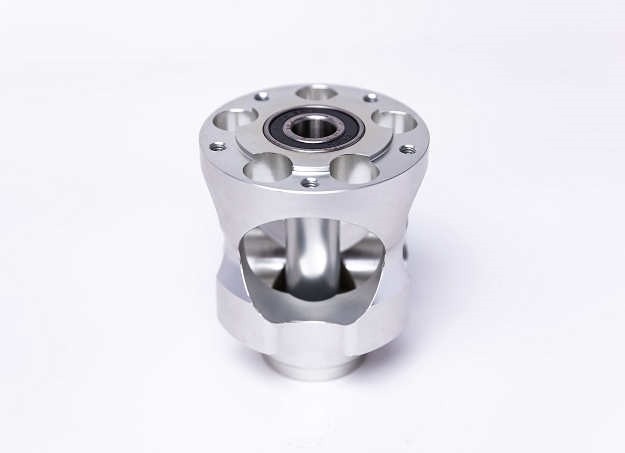
Negative Impacts
- Higher Initial Investment: CNC machines are more expensive to purchase than manual lathes, making it more difficult for smaller manufacturers to enter the market. CNC machines cost significantly more than manual lathes. CNC turning requires specialized tooling, which can be costly, particularly for complex parts that require intricate tools. CAM software for programming CNC machines necessitates licenses and upgrades, which add to the initial cost.
- Maintenance and Tooling Costs: Regular maintenance and specialized tooling increase operational costs. Because of their complexity, CNC machines require regular maintenance, such as lubrication, calibration, and replacement of worn parts. Maintenance costs can be high, particularly for high-precision machines used in demanding applications. Even with proper maintenance, tools eventually wear out and need to be replaced. This increases the ongoing operational cost, particularly for parts with complex toolpaths or hard materials.
- Programming and Skill Requirements: Programming and operating CNC machines require specialized skills, which raises training costs and may limit accessibility. Complex programs can take longer to develop, potentially causing production delays when compared to manual setups. The higher skill barrier may deter smaller manufacturers from adopting CNC turning due to the difficulty in finding or training programmers. Delays due to programming issues could result in missed deadlines or lost production opportunities.
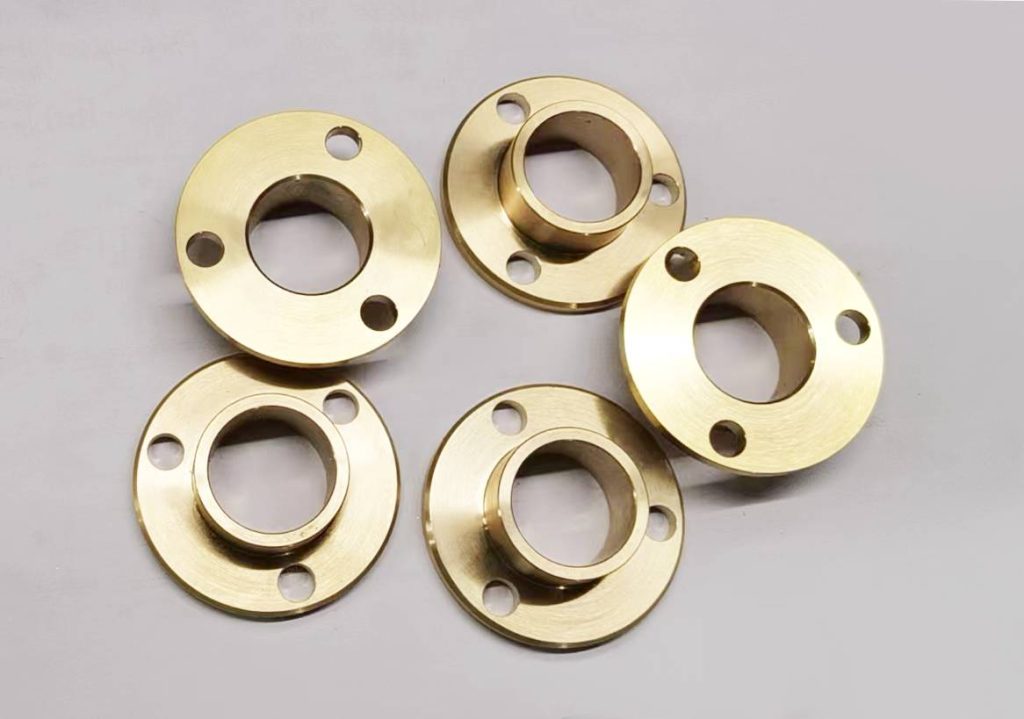
Impact on Different Product Types
Type 1: Simple Parts
CNC may not provide significant cost savings for simple parts because manual methods have lower material and labor costs. A CNC machine is much more expensive than a manual lathe, resulting in a significant fixed cost per unit produced. While simple programs may be less expensive than complex ones, even basic programming incurs additional costs when compared to manual methods that do not require any programming. While CNC is excellent for high-volume production, setting up and changing programs for small batches of simple parts can be inefficient, negating the speed benefits.
Type 2: Complex Parts
CNC offers significant cost savings for complex parts due to precision, reduced manual labor, and faster production times. Manual methods are prone to human error, resulting in inaccurate measurements and scrapped parts. CNC’s precise control reduces scrap and rework, resulting in lower material and labor costs. Such as CNC turning aluminum Al6061-T6 parts of JTR, CNC automates the majority of production tasks, lowering overall labor costs. Compared to manual methods, CNC automation and faster tool changes significantly reduce machining time for complex parts, resulting in higher production volumes and lower per-unit costs.
Type 3: High-Volume Production
CNC excels at high-volume production, with significantly lower unit costs than manual methods. CNC machines, unlike manual methods, can quickly switch between parts after being programmed, requiring minimal setup time. Automation and optimized toolpaths allow CNC machines to achieve faster machining speeds and shorter cycle times, resulting in higher production volumes per hour. Just like high-volume precision CNC turning parts SS304 or bronze, precise control, and consistent toolpaths reduce errors and scrap, saving material and labor costs associated with rework.
Type 4: Custom Parts
CNC provides flexibility for custom parts, but the costs may be higher than mass-produced counterparts. CNC excels at machining intricate features and shapes that would be impossible to achieve manually, allowing for the creation of truly unique and customized parts. Creating custom programs for each part increases the overall cost when compared to mass-produced parts with standardized programs. While faster than manual methods, creating and changing programs for each custom part takes time, affecting production efficiency and cost per unit. Unlike mass production, custom parts benefit less from economies of scale, resulting in higher per-unit costs.
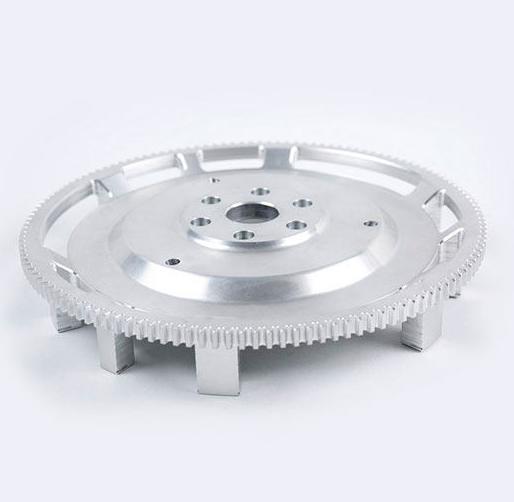
Conclusion
As one of the common CNC machining, CNC turning can significantly reduce the cost of mass-produced, complex parts, especially when considering long-term savings from scrap and labor. Understanding how CNC turning affects the cost of different types of manufactured goods provides valuable insights for various stakeholders, informing decision-making, strategic planning, technological advancements, and a move towards more sustainable manufacturing practices. For simple, low-volume parts, the higher initial CNC investment may not be justified by cost savings. The impact varies according to production volume, part complexity, material usage, and labor costs.


